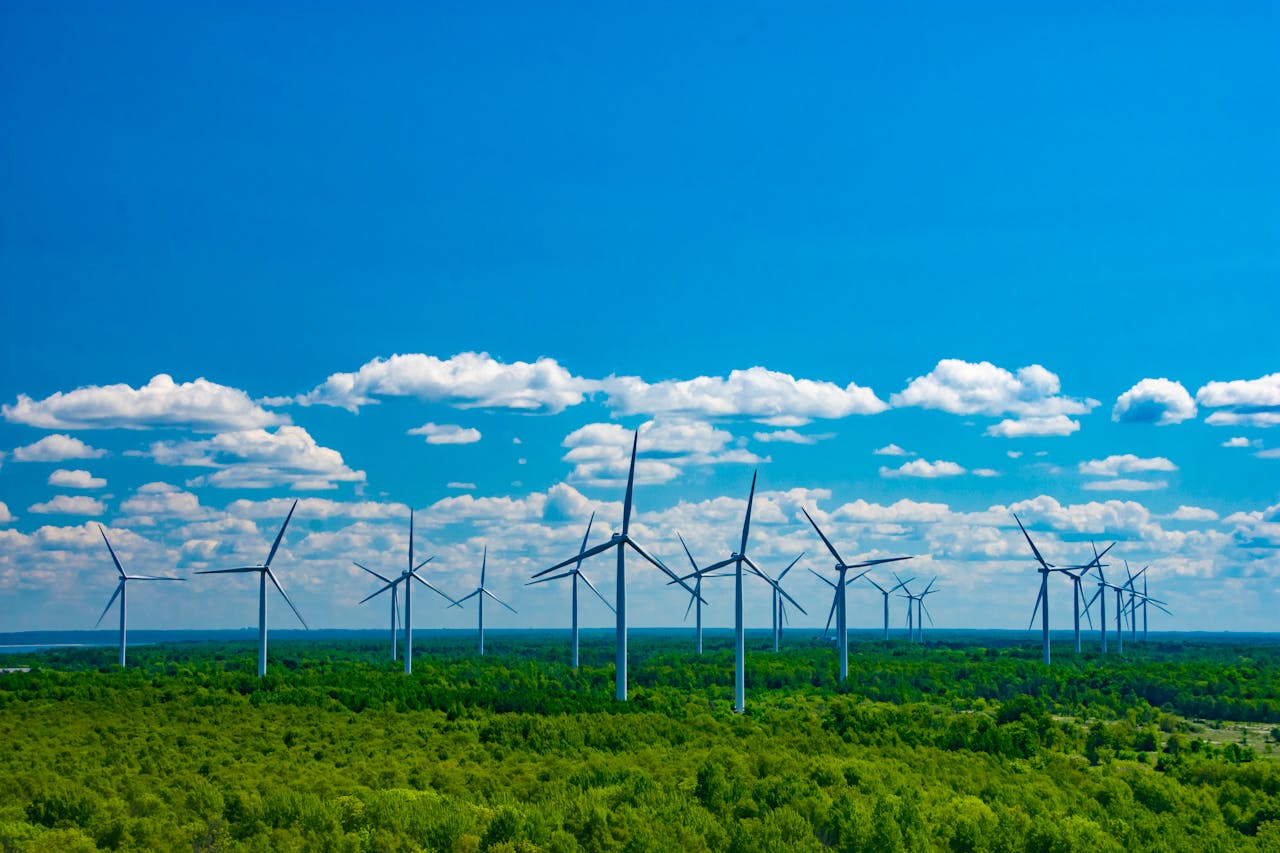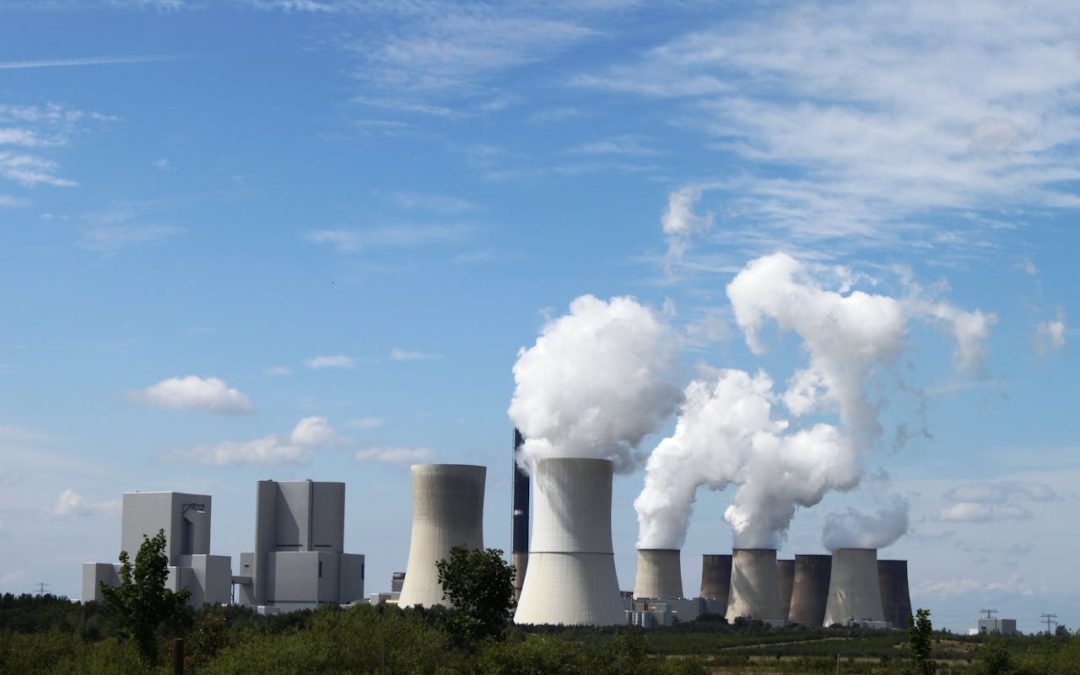Working towards net zero and improving the sustainability of your supply chain are important considerations in the logistics industry. One initiative often discussed is ‘carbon offsetting’.
But what is carbon offsetting in logistics? Does it really do what’s needed, or is it nothing more than greenwashing – looking good on the outside while doing little in reality?
At Millennium Cargo, we take a little time to consider carbon offsetting in logistics.
What is Carbon Offsetting?
It’s a term we’ve all heard, but how often do you really think about what it means? Understanding what’s really being talked about goes a long way to making an informed decision.
It’s not just carbon
Carbon offsetting has very little to do with pure carbon. It’s one of those terms that’s become shorthand for something a lot more complicated.
The ‘carbon’ involved refers to carbon dioxide (CO₂), which is only one of a group of ‘greenhouse gases’ that are harmful when too abundant in the atmosphere. Others include methane (CH₄), which is particularly problematic in the waste industry, and nitrous oxide (N₂O), which is found in fertilisers, making it a bigger problem in agriculture.
But yes, when it comes to logistics and burning fossil fuels, carbon dioxide is the largest problem by a long way.
Offsetting rather than cutting back
As the name implies, carbon offsetting doesn’t actually reduce the amount of CO₂ released into the atmosphere – instead, it offsets this by doing things that absorb carbon dioxide. Typically, this means planting trees. As we all know, trees are nature’s best way of converting the harmful CO₂ into breathable air, and reforestation remains one of the core principles of carbon offsetting.
However, there’s more to it. Other strategies exist, like renewable energy initiatives, industrial carbon removal, peatland cultivation, and the clean cookstove programme. Each of these has a part in working to lower carbon dioxide and other harmful gas levels around the world.
The additional cost of carbon offsetting
Businesses today that use carbon offsetting do so by utilising third-party services – companies that work on offsetting strategies. This is why there’s a charge associated with carbon offsetting – it’s a payment to those organisations.
If you want to plant a forest’s worth of trees, for example, you need to cover the costs of doing so.
The cost of carbon offsetting is usually covered as an additional fee when requested, or it is included in the service price. At Millennium, we offer two options to help reduce your carbon footprint – you can opt to buy Green Credits, which go towards reducing CO₂ or to plant trees, which has a greater impact.

Increasing responsibility and exploring solutions
Carbon offsetting is not a true solution to long-term sustainability but a stepping stone on a difficult and important road.
Rather than directly producing less CO₂, it’s bringing down the impact of managing current operations until alternatives are available and viable.
That’s positive, certainly, and far better than doing nothing, but it doesn’t remove the need to tackle the real problem at a deeper level.
Real Sustainability in Logistics
Rather than offsetting the problem, the true net-zero goal is to solve the problem. In the logistics industry, this means using initiatives like:
- Alternative fuels – Electric fuels, biofuels and hydrogen fuel are all modern alternatives to fossil fuels.
- Advanced route planning – Technologies such as AI and advanced mapping and tracking data are being used to improve routes to minimise transit.
- Multimodal transport – Efficient multimodal strategies that utilise a mixture of road, rail, air and sea freight cut down on excess transportation and lower carbon emissions.
- Consolidated cargo – Premium freight forwarders and their partners work to optimise packing, reducing wasted space and maximising container use. This reduces the volume of goods being shipped through cooperation, significantly improving sustainability.
- Improved administration – Advanced tracking, detailed paperwork, clear communication and more all lead to a superior service, resulting in fewer delays, less time spent warehousing and efficient deliveries – each with a positive impact on environmental responsibility.
By working with an experienced and conscientious freight forwarder like Millennium Cargo, you ensure your logistics are moving towards true sustainability.
Insetting Instead of Offsetting
As a temporary, short-term solution, paying a little extra to offset your carbon emissions shows awareness and responsibility. The future, however, needs better answers. This involves insetting – investing in emission reductions within your own supply chain – as well as balancing.
Insetting can be achieved in many ways, for example:
- Paying extra to use carriers that have switched to electric transit or biofuel.
- Working with your warehouse partners to invest in renewable energy for the site.
- Supporting new initiatives linked directly to sustainability in logistics.
Insetting rather than offsetting improves the supply chain for the long term and is a much more responsible use of your capital.

Carbon Solutions in Logistics with Millennium Cargo
At Millennium Cargo, we not only offer our own carbon offsetting programmes, but we work with partners who place sustainability at the forefront of their mission. As the world moves ever closer to a true ideal of net-zero, we understand just how essential change is for the logistics industry and support it at every turn.
Our partners offer a range of sustainable options, from carbon offsetting to innovative responsibility programmes. You can use our CO₂ calculator to see just how much you need to do to do your bit towards reducing emissions

